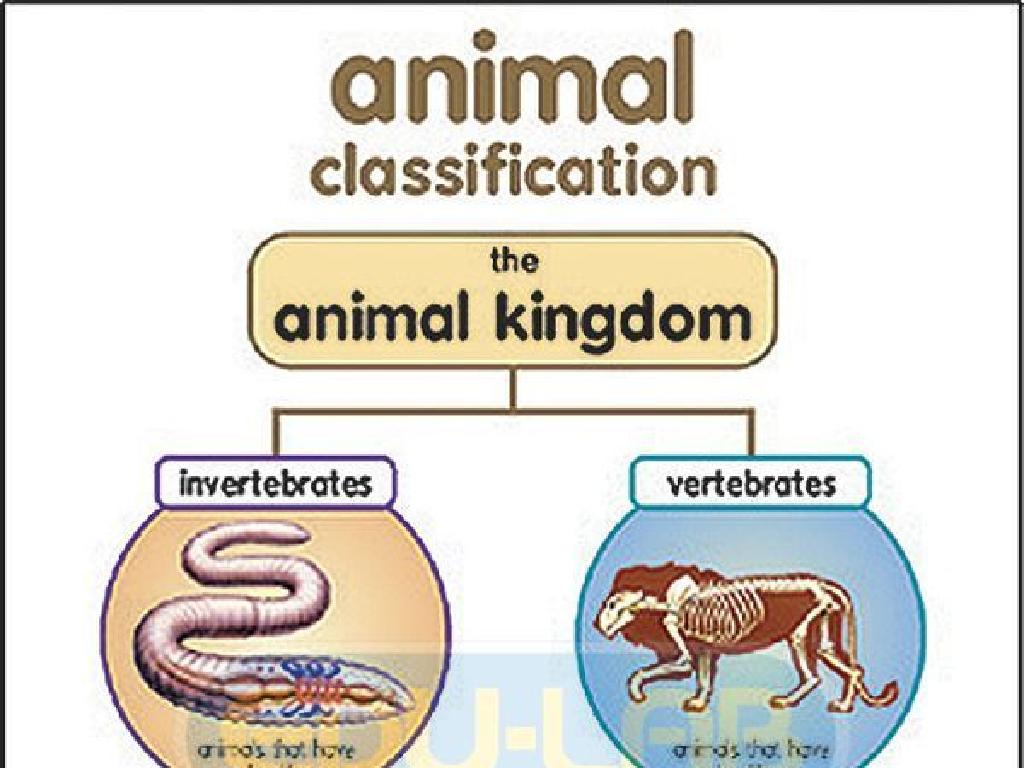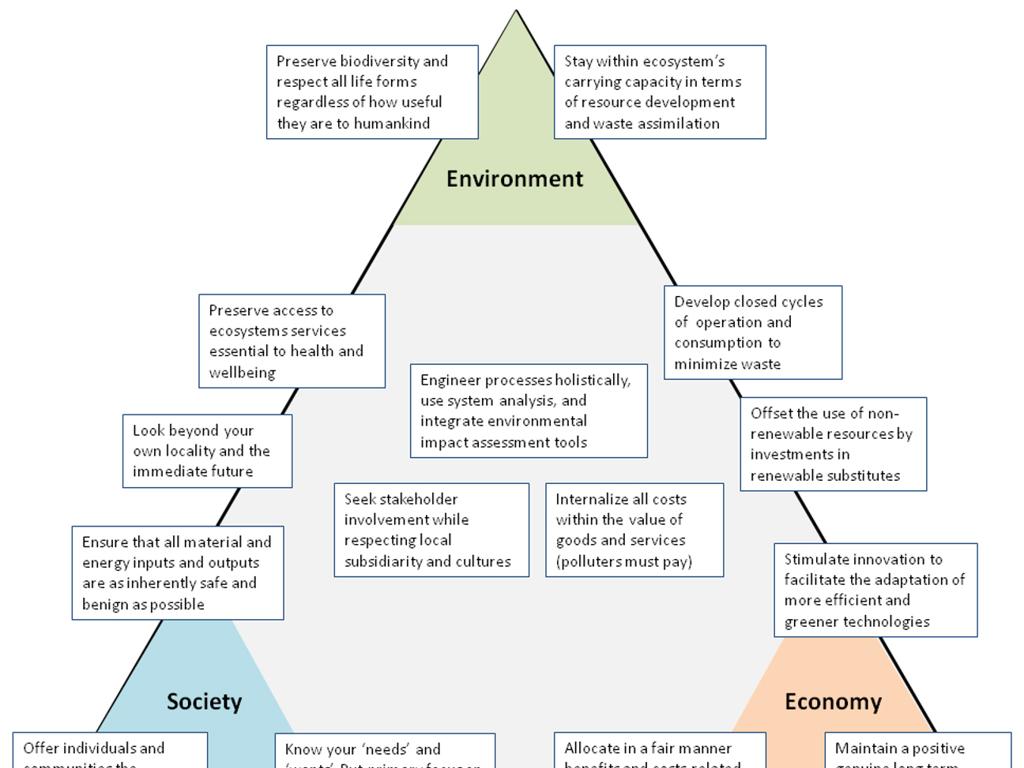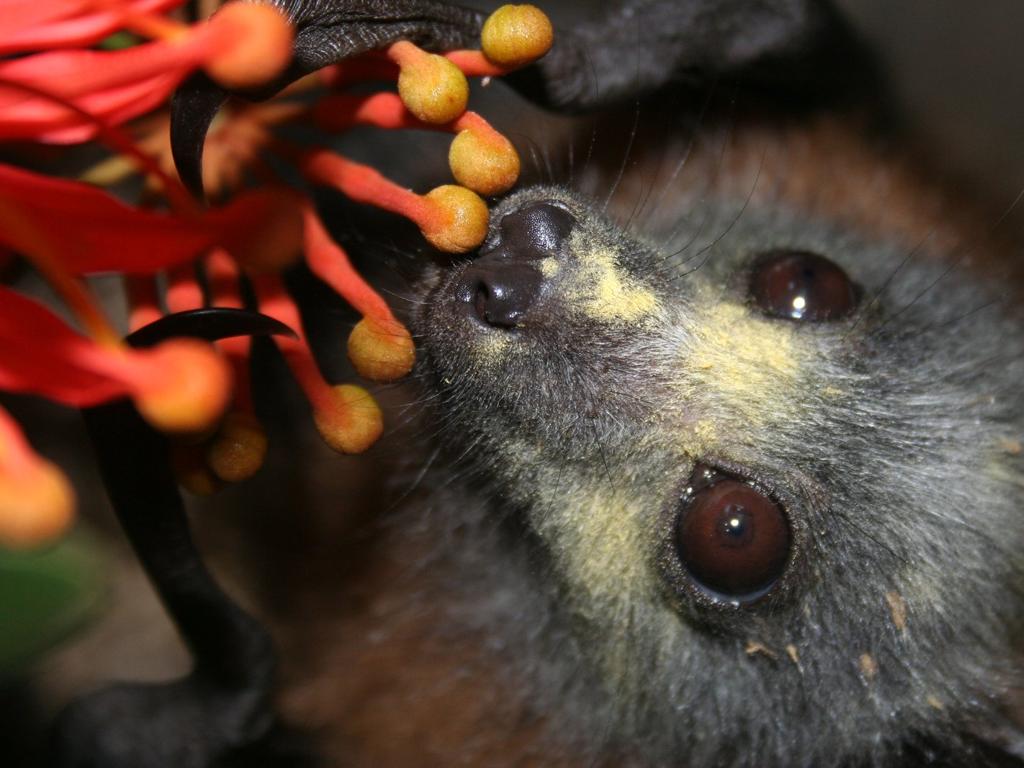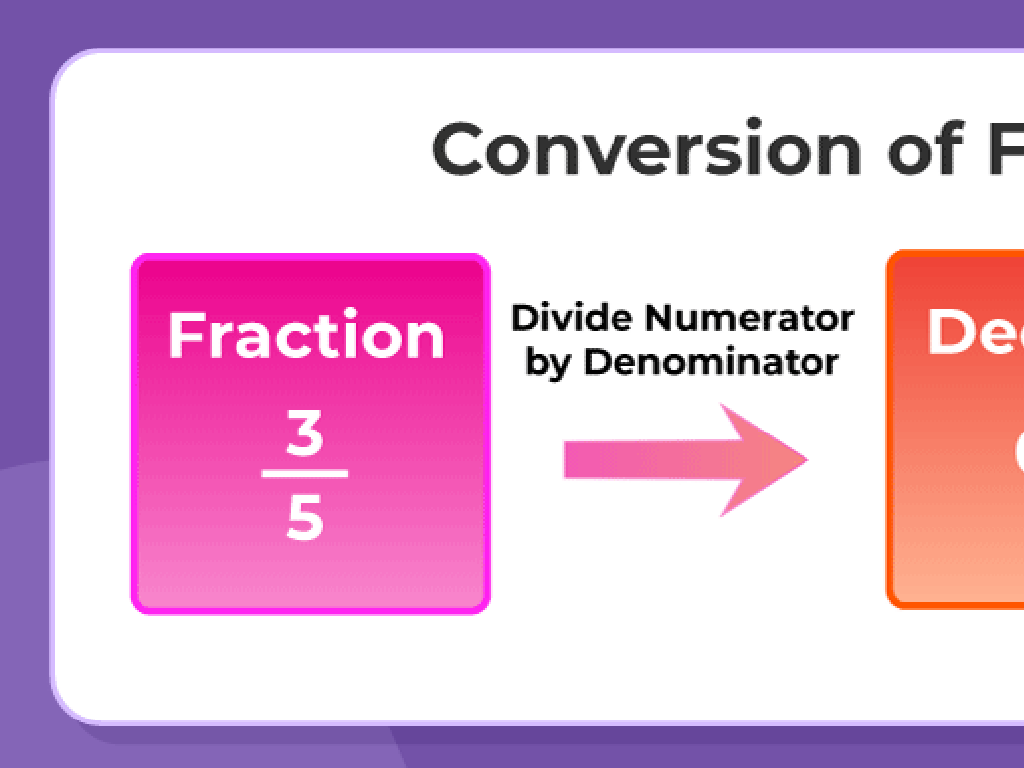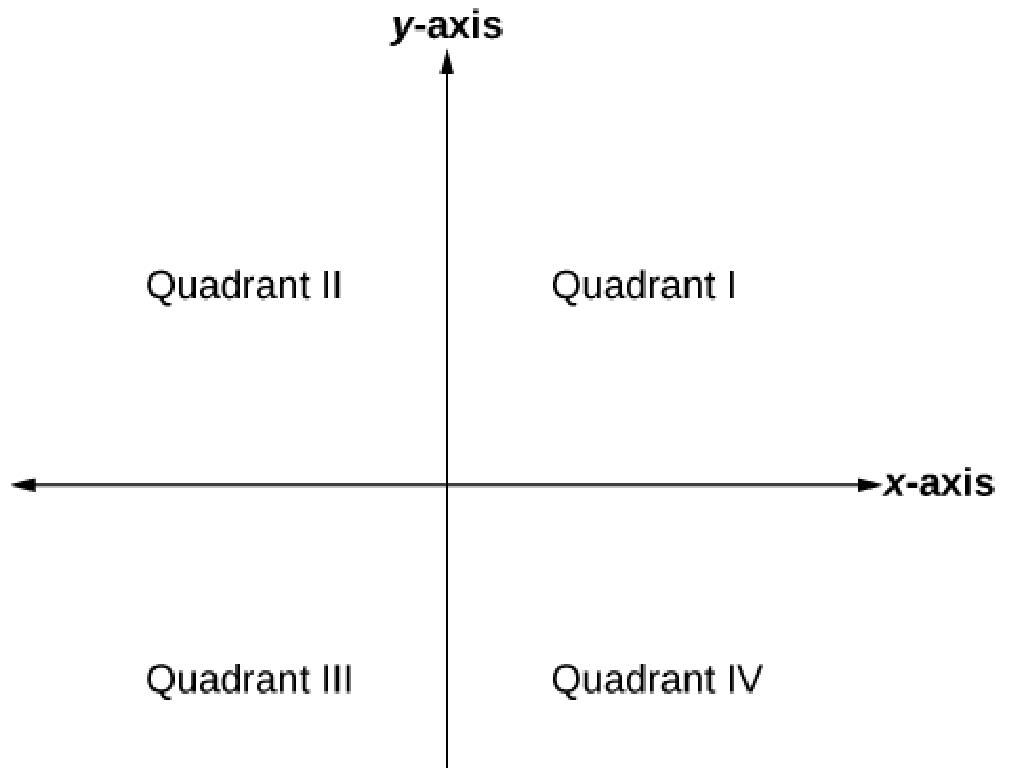Read Sight Words Set 2: Are, Green, On, Please, They
Subject: Language arts
Grade: First grade
Topic: Sight Words
Please LOG IN to download the presentation. Access is available to registered users only.
View More Content
Welcome to Sight Words!
– Learning new sight words today
– Sight words boost reading skills
– Practice 5 new words: are, green, on, please, they
– Use words in sentences: ‘They are on the green mat, please.’
|
This slide introduces the concept of sight words to first graders, emphasizing their importance in improving reading fluency. Sight words are common words that appear frequently in text and can be recognized instantly ‘by sight’ without needing to be decoded. Today’s focus is on the words ‘are’, ‘green’, ‘on’, ‘please’, and ‘they’. During the lesson, use various engaging methods to practice these words, such as flashcards, matching games, and writing exercises. Encourage students to use these words in sentences to understand their meaning and context. For homework, ask students to find these words in their favorite books or write a short story using all the new sight words.
Sight Words Set 2: Quick Recognition
– What are sight words?
– Words often seen and memorized
– Recognize without sounding out
– Frequent words in reading
– Examples: ‘are’, ‘green’, ‘on’, ‘please’, ‘they’
– Helps understand stories
– Easier and faster reading leads to better comprehension
|
This slide introduces the concept of sight words to first graders, emphasizing their importance in reading. Sight words are common words that appear frequently in text and can be instantly recognized without phonetic decoding. Familiarity with these words allows students to read more smoothly and with better understanding. During the lesson, focus on the sight words ‘are’, ‘green’, ‘on’, ‘please’, and ‘they’. Engage the students with activities such as flashcards, matching games, or fill-in-the-blank sentences to reinforce recognition. Encourage students to spot these words in their favorite books or during read-aloud sessions.
Learning Sight Word: ‘are’
– ‘are’ is a common sight word
– Used often in sentences
– Example: ‘You are smart.’
– Shows being or existence, as in ‘They are happy.’
– Practice saying: ‘are’
– Repeat it to remember it better!
|
The word ‘are’ is a fundamental sight word for first graders and is frequently used to indicate the existence or state of being in present tense for plural subjects. It’s important to help students recognize this word quickly and use it correctly in sentences. Provide examples and encourage the class to repeat the word ‘are’ after you to improve their familiarity. You can also use visual aids or gestures to reinforce the word’s meaning. During the next class, ask students to come up with their own sentences using ‘are’ to assess their understanding and recall of the word.
Sight Word: ‘green’
– ‘Green’ describes color
– It’s the color of grass and leaves
– Example sentence: ‘The leaves are green.’
– Use ‘green’ to talk about things that are the same color as grass.
– Classroom green hunt activity
– Find and point out green objects in our classroom.
|
This slide focuses on the sight word ‘green,’ helping students associate the word with the color they see in nature and their surroundings. Start by explaining that ‘green’ is a color word we use to describe things like grass and leaves. Show them the example sentence and have them repeat it. For the classroom activity, encourage the students to look around and find objects that are green, which will help reinforce their understanding of the word in a fun and interactive way. This activity aids in memory retention and helps students make real-world connections with the vocabulary.
A Place to Be: ‘on’
– ‘On’ shows contact above
– It means something is resting at the top surface of another thing.
– Example: ‘The book is on the table.’
– This helps us understand where the book is.
– Activity: Hands on our heads!
– Let’s all put our hands on top of our heads to practice ‘on’.
|
This slide introduces the sight word ‘on’ by explaining its use and providing a clear example. The word ‘on’ is often used to indicate that an object is in a position above something else while touching it. To help students remember this concept, use the example ‘The book is on the table.’ where ‘on’ describes the book’s position relative to the table. Engage the students with a simple activity where they place their hands on their heads, reinforcing the meaning of ‘on’. This kinesthetic activity will help them associate the word with the action, making it easier for them to remember. Encourage the students to come up with other examples of ‘on’ and to notice the word in their environment.
Being Polite with ‘Please’
– ‘Please’ is a polite word
– Use when asking for something
– Example: Asking for a pencil
– ‘Can I have a pencil, please?’ shows good manners
– Practice saying ‘please’ together
– We’ll say ‘please’ as a class to practice
|
This slide introduces the sight word ‘please’ and emphasizes its use as a polite way to ask for something. It’s important to instill good manners in students, and using ‘please’ is a fundamental part of polite conversation. Provide the example ‘Can I have a pencil, please?’ to illustrate how to use the word in a sentence. Encourage the students to practice saying ‘please’ in unison to reinforce its use. During the activity, correct pronunciation and usage should be encouraged, and students should be prompted to come up with their own sentences using ‘please’. This will help them remember the word and its context better.
Talking About Others: ‘they’
– ‘They’ refers to a group
– When we talk about more than one person, we use ‘they’.
– Example: ‘They are playing tag’
– ‘They’ shows us that not just one, but several friends are having fun together!
– Use ‘they’ in your own sentence
– Share your sentence with the class
– Think of a time when you were with friends or family and what you did together.
|
The word ‘they’ is a pronoun used to describe more than one person. It’s important for students to understand how to use it correctly in a sentence. Start by explaining the definition and providing a clear example. Then, encourage students to come up with their own sentences using ‘they’. This activity will help them grasp the concept of plural pronouns and how they are used in everyday language. Have students share their sentences to practice speaking and to learn from each other’s examples. Reinforce the idea that ‘they’ can refer to any group of people, animals, or even objects.
Let’s Practice Reading Sight Words!
– Read sentences with new sight words
– We’ll read together as a class
– Spot the words: are, green, on, please, they
– Find these words in the sentences I show you
– Understanding usage in sentences
– See how these words fit into everyday sentences
|
This slide is designed to engage first-grade students in a group reading activity, focusing on the sight words ‘are’, ‘green’, ‘on’, ‘please’, and ‘they’. Start by explaining that sight words are common words we see often in reading and writing. Display sentences one by one, emphasizing the sight words and reading them aloud together. Encourage students to raise their hand when they spot a sight word. This interactive approach helps students recognize and read sight words in context, which is crucial for developing reading fluency. For example, use sentences like ‘They are on the green mat’ or ‘Please sit on the green rug.’ After reading, discuss the meaning of each sentence to ensure comprehension.
Class Activity: Sight Word Bingo
– Let’s play Bingo with sight words!
– Cover a word when you hear it
– First to cover all words wins
– Shout ‘Bingo!’ when you win
|
This activity is designed to reinforce the recognition of sight words in a fun and interactive way. Prepare Bingo cards in advance, each with a different arrangement of the sight words ‘are’, ‘green’, ‘on’, ‘please’, ‘they’. During the game, call out words randomly and have the students cover the words on their cards with markers. Monitor the students to ensure they are correctly identifying the sight words. The first student to cover all their words should shout ‘Bingo!’ and read the words aloud to confirm their win. Possible variations of the game could include: 1) Having students use the words in sentences after they win, 2) Playing ‘Blackout’ where all words must be covered to win, 3) Offering small prizes for winners to encourage participation.
Great Job Today!
– Amazing work with sight words!
– Practice at home with family
– Try using ‘are’, ‘green’, ‘on’, ‘please’, ‘they’ in sentences
– More sight words next class
– We’ll read a story together
– Get excited to read and understand a whole story!
|
Praise the students for their hard work today in learning new sight words. Encourage them to practice these words at home with their family to reinforce their learning. Let them know that in the next class, they will be introduced to more sight words, which will help them read better. Also, build anticipation for the next class by mentioning that they will be reading a story together. This will not only excite them but also show them the practical application of learning sight words. Provide some simple sentences as examples for parents to use when practicing with their children at home.

